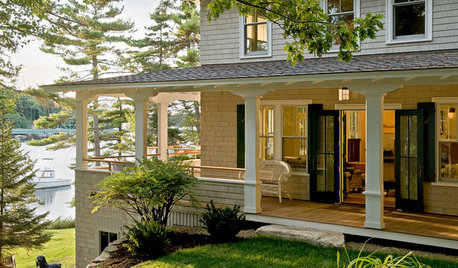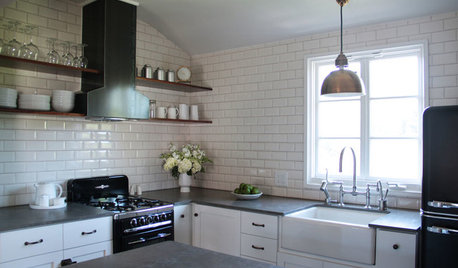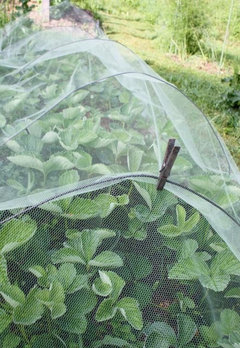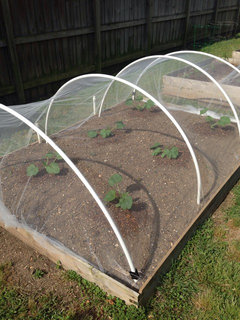Tulle row covers for insect prevention
summersunlight
9 years ago
Featured Answer
Sort by:Oldest
Comments (18)
seysonn
9 years agoSlimy_Okra
9 years agoRelated Professionals
Wheeling Landscape Architects & Landscape Designers · Medford Landscape Contractors · Edmond Landscape Contractors · Edmond Landscape Contractors · Columbine Landscape Contractors · Fort Payne Landscape Contractors · Lewisville Landscape Contractors · Madera Landscape Contractors · Mesa Landscape Contractors · Oxnard Landscape Contractors · Spring Landscape Contractors · Vallejo Landscape Contractors · White Bear Lake Landscape Contractors · Irvington Landscape Contractors · Easton Driveway Installation & Maintenancepotterhead2
9 years agogalinas
9 years agobcskye
9 years agoseysonn
9 years agonaturegirl_2007 5B SW Michigan
9 years agoplanatus
9 years agokcg1231
9 years agolm13
9 years agoSlimy_Okra
9 years agokcg1231
9 years agoseysonn
9 years agoChristian
9 years agoplanatus
9 years ago
Related Stories

GARDENING GUIDESOrganic Matters: Thwart Insect Pests With Trap Crops
Add a few sacrificial plants to your garden to lure insects away from the harvest
Full Story
GARDENING AND LANDSCAPING7 Ideas to Get You Back on the Front Porch
Remember the good old days, when porches offered front-row seats to street scenes? They can be even better today
Full Story
GARDENING FOR BUTTERFLIESGardening for the Bees, and Why It’s a Good Thing
When you discover how hard bees work for our food supply, you may never garden without them in mind again
Full Story
FARM YOUR YARDHello, Honey: Beekeeping Anywhere for Fun, Food and Good Deeds
We need pollinators, and they increasingly need us too. Here, why and how to be a bee friend
Full Story
KITCHEN DESIGN10 Big Space-Saving Ideas for Small Kitchens
Feeling burned over a small cooking space? These features and strategies can help prevent kitchen meltdowns
Full Story
EDIBLE GARDENSNatural Ways to Get Rid of Weeds in Your Garden
Use these techniques to help prevent the spread of weeds and to learn about your soil
Full Story
MOST POPULARMeet a Lawn Alternative That Works Wonders
Carex can replace turfgrass in any spot, is low maintenance and adjusts easily. Add its good looks and you’ve got a ground cover winner
Full Story
GREAT HOME PROJECTSHow to Replace Your Lawn With a Garden
New project for a new year: Lose the turfgrass for energy savings, wildlife friendliness and lower maintenance
Full Story
GARDENING GUIDESNew Ways to Think About All That Mulch in the Garden
Before you go making a mountain out of a mulch hill, learn the facts about what your plants and soil really want
Full Story
EDIBLE GARDENSGarden BFFs? Why Your Vegetables Are Begging for Companion Plants
Foster friendships among plants for protection from pests, pollination support and color camaraderie
Full Story









potterhead2